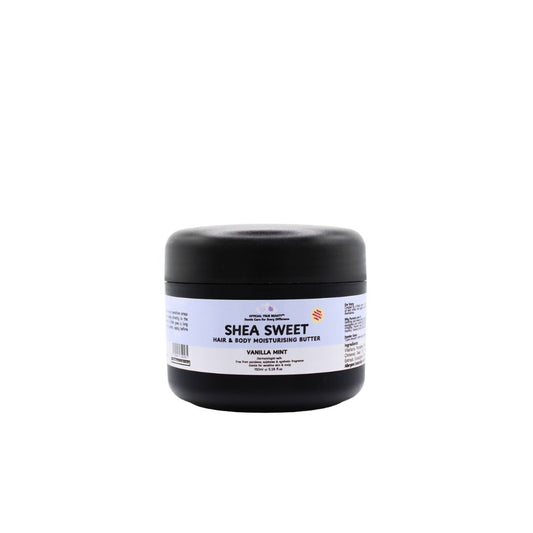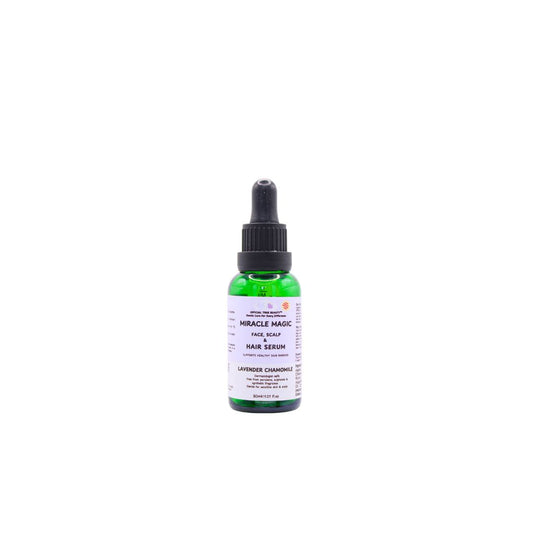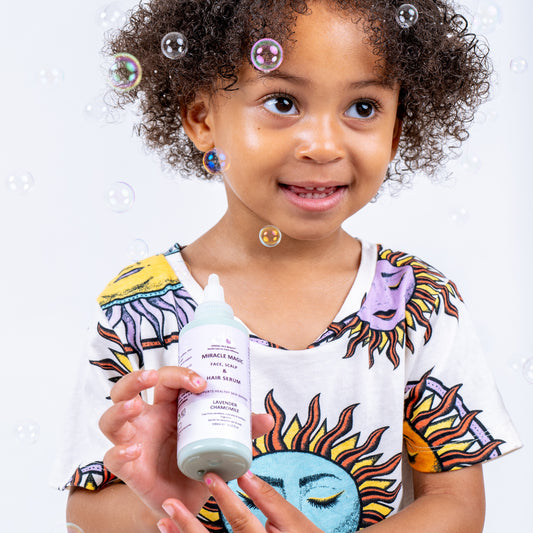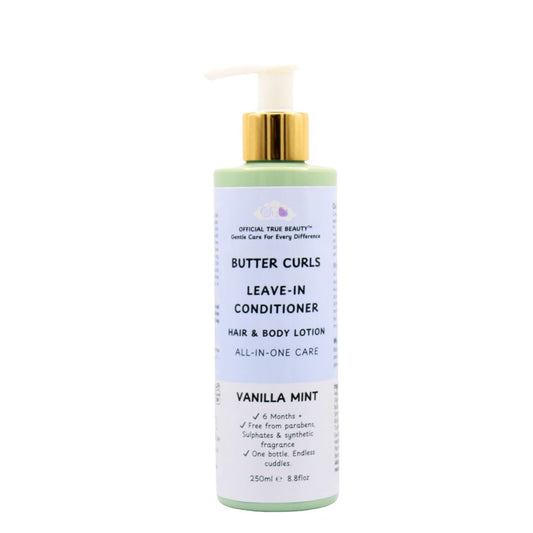
Understanding Allergens in Children’s Products
Allergic reactions in babies and young children are increasingly common, and products used in daily routines can be significant triggers. Understanding allergens — what they are, how they work, how allergies develop, and how to avoid them — is key to protecting your child’s skin and overall wellbeing.
What Are Allergens?
An allergen is any substance that can trigger an immune response in the body. In children, allergens may cause redness, itching, hives, or more serious reactions. Common allergens in skincare and haircare products include:
- Fragrances (synthetic or concentrated essential oils)
- Preservatives like parabens, formaldehyde releasers, or methylisothiazolinone
- Dyes and colourants
- Plant proteins (e.g., nuts, wheat, soy)
How Allergies Develop
Allergies occur when the immune system mistakenly identifies a harmless substance as a threat. In young children, repeated or early exposure to allergens can trigger sensitisation, causing the immune system to produce antibodies that react on future contact. This reaction may manifest as skin irritation, rashes, respiratory symptoms, or digestive discomfort depending on the allergen and exposure route.
Several factors can influence allergy development:
- Genetics: Children with family histories of eczema, asthma, or hay fever are more prone to allergic reactions.
- Skin barrier integrity: Damaged or very dry skin allows allergens to penetrate more easily.
- Repeated exposure: Frequent contact with allergens increases the chance of sensitisation.
- Environmental factors: Pollution, dust, and other irritants can worsen reactions or make skin more reactive.
Why Babies Are More Vulnerable
Babies’ skin is more permeable than adults’, allowing allergens to penetrate easily. Their immune systems are still developing, which may lead to stronger or unpredictable reactions. Even small exposures over time can result in sensitisation, making early vigilance crucial.
Identifying Allergens in Products
Always read ingredient lists carefully. Watch for vague terms such as “fragrance” or “parfum” — these may conceal multiple allergenic ingredients. Choose products specifically formulated for infants or toddlers, with minimal ingredients, hypoallergenic claims, and clearly labelled essential oils or extracts.
Shea Coco: Fragrance-free and allergen-conscious, designed for newborns and children with reactive skin.
Lavender Chamomile: Contains naturally soothing ingredients at very low concentrations to minimise allergy risk.
Patch Testing and Monitoring
Always patch test new products before full use. Apply a small amount to the inner arm or behind the knee and observe for 24–48 hours. Monitor skin and behaviour: scratching, redness, or irritability may indicate sensitivity. Adjust routines accordingly and consult a paediatrician if needed.
Practical Tips for Parents
- Introduce one new product at a time to identify potential reactions.
- Maintain a simple skincare and haircare routine with minimal ingredients.
- Document reactions to track patterns and identify triggers.
- Keep scented products minimal — layering fragrances can trigger reactions.
Final Thoughts
Understanding allergens, how they cause reactions, and the factors influencing sensitivity empowers parents to choose products that protect skin and sensory comfort. With careful selection, patch testing, and monitoring, you can create calm, healthy routines for your child. Explore our allergen-conscious range at Official True Beauty.








